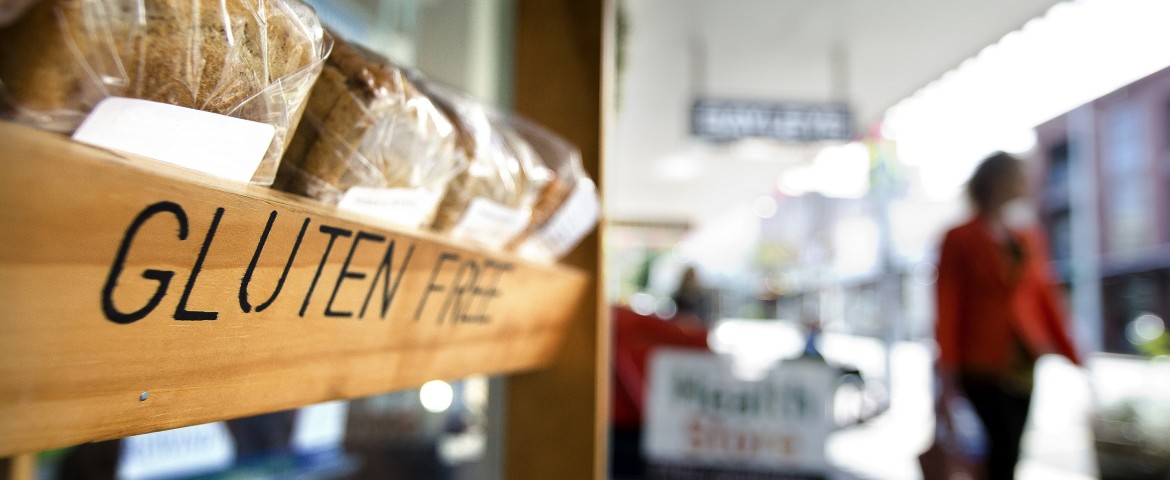By: Amanda Benson, RD
What is gluten?
Gluten is a protein found mainly in wheat, barley, rye and other grains. You’ll likely find gluten in breads, baked goods, soups, pasta, cereal, sauces, salad dressings, crackers, snack bars and beer.
Should you eat gluten-free?
If you have celiac disease or a gluten sensitivity, you may benefit from eating a gluten-free diet. In people with celiac disease, consuming foods that contain gluten causes inflammation in the small intestine leading to symptoms such as fatigue, abdominal bloating and pain, constipation, anemia, skin irritation and more. Others who have gluten sensitivity may experience many of the same negative symptoms from eating gluten, without having celiac disease. If you experience these symptoms and think they may be linked to a gluten sensitivity or celiac disease, it’s important to follow up with your doctor.
Less than 7 percent of Americans actually have gluten-sensitive or gluten-intolerant conditions and will feel relief after a diet modification.
The reality is, less than 7 percent of Americans actually have those conditions and will feel relief after a diet modification, yet many others are still eating gluten-free as a means to lose weight, improve health, increase energy, lower cholesterol or boost immunity.
There is very limited research to back any of these health claims, so it’s important to know the facts:
- Gluten-free isn’t always more nutritious. Gluten-free processed foods often have less fiber and more sugar and fat. It’s important to not assume that gluten-free = healthier.
- You might actually gain weight. If you are going gluten-free by simply replacing existing wheat or whole grain products with their gluten-free counterparts, you’ll still be consuming just as many carbohydrates, sugar and calories (or even more so).
- You’ll pay more. The majority of processed gluten-free foods are more expensive than their regular versions. Often this is because of the added costs necessary to meet the certification and labeling regulations of gluten-free products.
The healthy way to go gluten-free
 Whether you have celiac disease, gluten sensitivity, or think there’s something behind the health claims related to eating gluten-free, be sure to do it the healthy way:
Whether you have celiac disease, gluten sensitivity, or think there’s something behind the health claims related to eating gluten-free, be sure to do it the healthy way:
- Eat naturally gluten-free foods. Think fruits, vegetables, meat, poultry, seafood, dairy, beans, legumes, nuts and seeds. There are also many naturally gluten-free grains and other starchy foods like rice, corn, quinoa, potatoes, chia, flax, and nut flours.
- Shop the perimeter of the grocery store. This is where you’ll find mostly fresh, whole foods and the majority of the naturally gluten-free items.
- Read food labels. Minimize your intake of packaged foods and pay special attention to the labels when you do buy them. Look at the list of ingredients to choose those made with the naturally gluten-free whole grains instead of refined rice or potato flours. Compare labels to choose the option with less sugar, saturated or trans fat and sodium.
- Get fiber through other sources. Since you’ll be avoiding wheat, rye, barley and some other whole grain, high fiber products, boost your fiber intake through fruits and vegetables, beans and legumes, nuts and seeds.
About the Author: Amanda Benson, RD is a Registered Dietitian and Wellness Consultant at Priority Health. She graduated from Michigan State University and has experience in many realms of nutrition and health including clinical, community, corporate wellness and health promotion.


